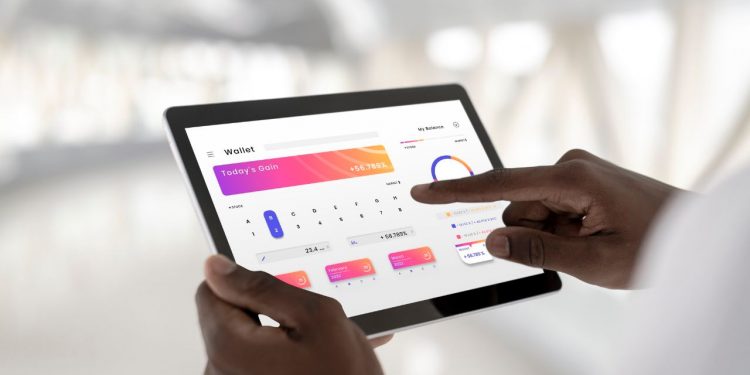Introduction:
Ad scheduling is a valuable tool in any digital marketer’s arsenal. By strategically timing your ads to reach your target audience when they are most likely to convert, you can significantly improve the effectiveness and efficiency of your advertising campaigns. In this article, we will explore how leveraging ad scheduling can help maximize conversions and boost the overall performance of your online advertising efforts.
Understanding Ad Scheduling:
To harness the power of ad scheduling, it is crucial to have a clear understanding of how it works. Ad scheduling allows you to specify the days and times when your ads will be shown to potential customers. By analyzing historical data and user behavior patterns, you can identify peak activity periods and allocate your advertising budget accordingly. This ensures that your ads are displayed during the most opportune moments, increasing the likelihood of conversions
Identifying High-Converting Time Windows:
To maximize conversions, it is vital to identify the time windows during which your target audience is most likely to engage with your ads. Analyze your website and campaign analytics to identify patterns in user behavior. Look for peak traffic periods, conversion rates, and engagement metrics during different times of the day or week. This data will provide valuable insights into when your audience is most receptive to your offerings, allowing you to schedule your ads accordingly
Customizing Ad Schedules:
One of the key advantages of ad scheduling is its flexibility. You can customize your ad schedules to align with specific goals or target different segments of your audience. For instance, if you are running a limited-time promotion, you can increase ad visibility during the promotion period. Alternatively, if you have identified that weekends are particularly fruitful for conversions, you can allocate a higher budget for those days. By tailoring your ad schedules, you can maximize the impact of your campaigns and achieve better conversion rates
Experimentation and Optimization:
Ad scheduling is not a one-time setup; it requires ongoing experimentation and optimization. Monitor the performance of your ads during different time slots and make data-driven adjustments accordingly. Test different scheduling combinations to identify the optimal ad placement for maximum conversions. Additionally, keep an eye on external factors such as seasonality, holidays, or industry-specific events that may influence consumer behavior. Continuously refining your ad schedules will ensure you are leveraging the most profitable opportunities.
Geographic Targeting and Time Zones:
If your target audience spans across different geographic regions, consider adjusting your ad schedules to account for different time zones. Take into consideration the local peak hours and align your ad placements accordingly. By doing so, you can effectively reach and engage potential customers in various locations, increasing the chances of conversions and maximizing your return on investment.
Conclusion:
Ad scheduling is a powerful technique that allows advertisers to optimize their campaigns for maximum conversions. By identifying high-converting time windows, customizing ad schedules, communicating with the best professional ppc agency and continuously refining strategies through experimentation, marketers can improve the efficiency and effectiveness of their advertising efforts. Don’t overlook the potential of ad scheduling in driving conversions and taking your online advertising campaigns to the next level. Embrace this valuable tool and unlock the full potential of your digital marketing initiatives.











